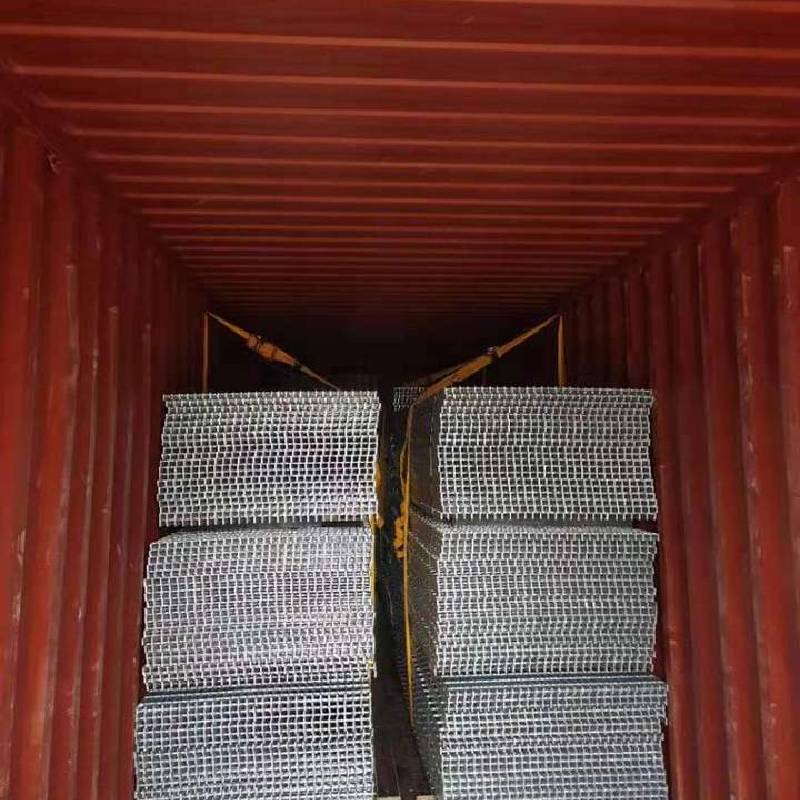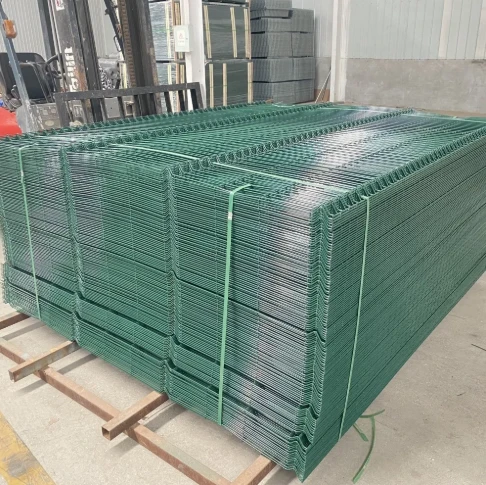Understanding the Cost of Steel Grating An In-Depth Analysis
Steel grating is a popular choice in various industries for flooring, walkways, and platforms. It stands as a critical component due to its strength, durability, and ability to allow for drainage and ventilation. However, one of the most important considerations for businesses and project managers when opting for steel grating is its cost. Understanding the components that contribute to the cost of steel grating can help in making informed decisions.
Factors Influencing the Cost of Steel Grating
1. Material Quality The quality of steel used for grating significantly impacts the cost. Higher grades of steel, such as stainless steel, are more expensive than carbon steel. Stainless steel offers increased corrosion resistance, making it suitable for harsher environments. While the initial investment is higher, the long-term savings on maintenance and replacement can justify the cost.
2. Type of Grating There are several types of steel grating, each with its own price point. Common types include welded, riveted, and molded grating. Welded grating is often the most economical due to its manufacturing process, while molded grating, which is used primarily in industrial applications, can be pricier due to its fabrication complexity.
3. Thickness and Load Capacity The thickness of the steel grating, which determines its load-bearing capacity, also affects the overall cost. Thicker and heavier gratings can withstand greater loads but come at a higher price. For projects involving heavy machinery or high foot traffic, selecting the right thickness is crucial to ensure safety and compliance with regulations.
4. Custom Sizes and Configurations Standard sizes of steel grating are usually more cost-effective than custom pieces. If a project requires non-standard dimensions or unique shapes, the costs can increase due to additional fabrication time and material waste. Carefully planning and considering standard options where possible can lead to cost savings.
cost of steel grating
5. Surface Treatments Steel grating is often treated to enhance its durability and resistance to corrosion. Common treatments include hot-dip galvanization, which adds a protective zinc coating. While these treatments add to the upfront cost, they can significantly extend the lifespan of the grating, leading to reduced replacement and maintenance expenses over time.
6. Quantity and Bulk Orders The quantity purchased can substantially influence the cost. Buying in bulk typically yields discounts, which can be beneficial for large projects. Conversely, smaller orders may not take advantage of these pricing breaks, resulting in higher per-unit costs.
Cost Comparison with Alternative Materials
When assessing the cost of steel grating, it's also essential to compare it with alternative materials such as aluminum or fiberglass. While aluminum grating might offer advantages such as lighter weight and resistance to corrosion, it can often be more expensive than steel. Similarly, fiberglass can be cost-prohibitive for some projects due to its specific application requirements and lower load-bearing capacities. Therefore, while steel grating typically has a higher upfront cost compared to lower-grade materials, its long-term benefits often make it the more economical choice.
Conclusion
In conclusion, understanding the cost of steel grating involves recognizing the various factors that contribute to its pricing. The quality of materials, type of grating, load capacity, custom requirements, surface treatments, and purchasing quantity all play crucial roles. While the initial cost may seem daunting, considering the durability, maintenance, and long-term benefits can provide a clearer picture of the value steel grating offers. For businesses and project managers, gathering quotes from multiple suppliers and considering all factors will facilitate a decision that balances budget constraints with quality needs, ultimately leading to successful project outcomes.























